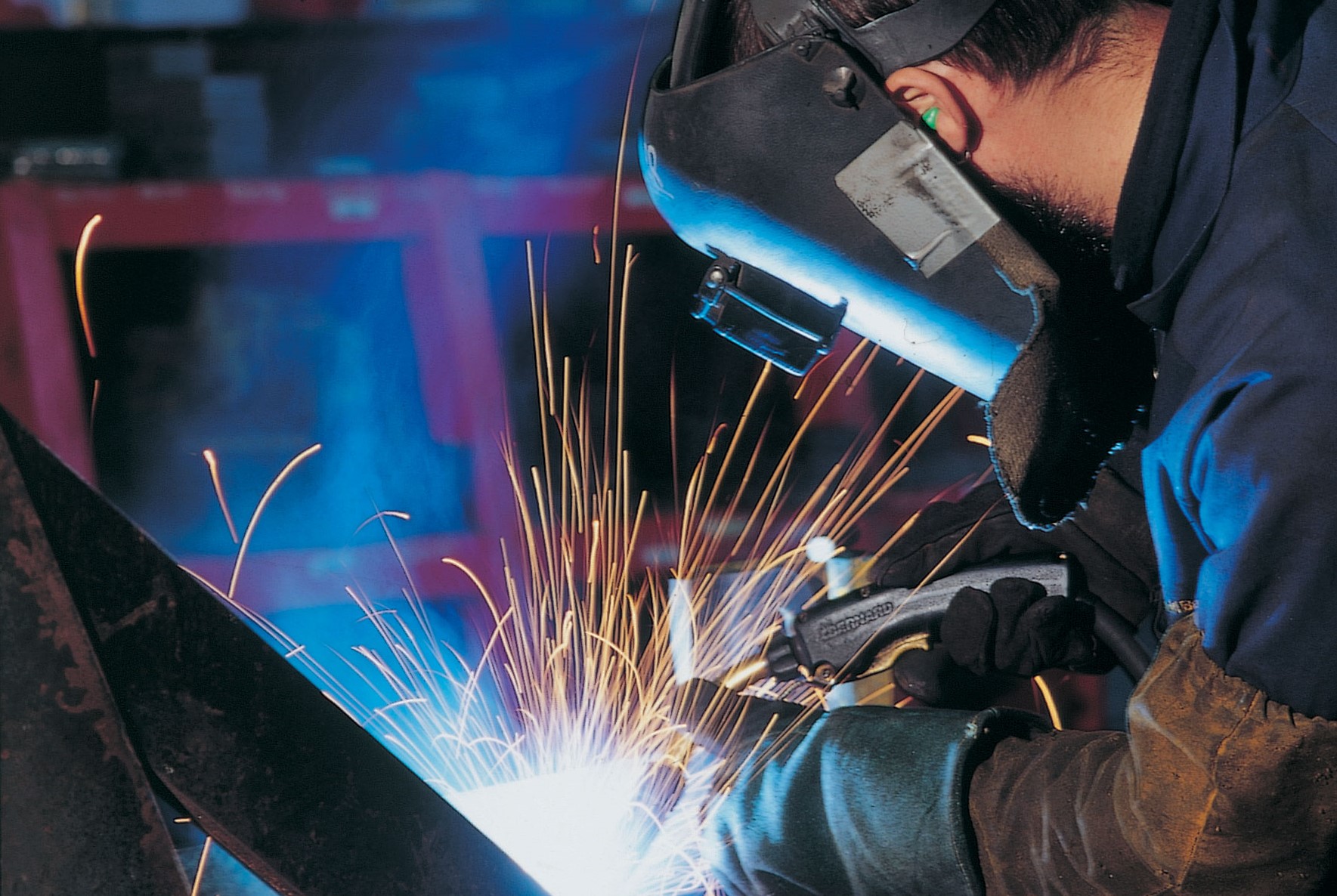
24 January 2024
Acceptable levels of welding fumes in a workplace have been slashed to protect workers from lung diseases.
Australian Work Health and Safety Ministers have agreed to an immediate reduction to the workplace exposure standard (WES) for welding fumes (not otherwise classified) to protect workers.
The change takes effect from 18 January 2024 in South Australia and reduces the WES from an 8-hour time weighted average of 5 mg/m3 to 1 mg/m3.
Welding can generate fumes, mists, dust, vapours and gases, including ozone. The amounts and types of fumes produced vary greatly depending on the process involved and the materials being used such as metals, solvents, flux, paint and plastics.
The health effects of exposure to fumes, dust, vapour and gases can vary. Effects can include irritation of the upper respiratory tract (nose and throat), tightness in the chest, asphyxiation, asthma, wheezing, metal fume fever, lung damage, bronchitis, cancer, pneumonia or emphysema. Under the model WHS laws, employers must eliminate or minimise the risks to worker health and safety so far as is reasonably practicable, including those associated with chemical exposure.
Employers must also ensure that workers are not exposed to any airborne contaminant above the concentration listed in the Workplace exposure standards (WES) for airborne contaminants (WES list).
Welding fumes are a complex mix of hazardous chemicals. Some individual components of welding fumes also have their own WES.
In addition to ensuring workers’ exposure to total welding fumes is below the WES, employers must ensure workers’ exposure to individual welding fume components is below those respective WES also.
The model Code of Practice: welding processes provides guidance to help manage the risks associated with welding, including exposure to welding fumes. Use this code to ensure you are meeting your obligations under the Work Health and Safety law.
Further links




